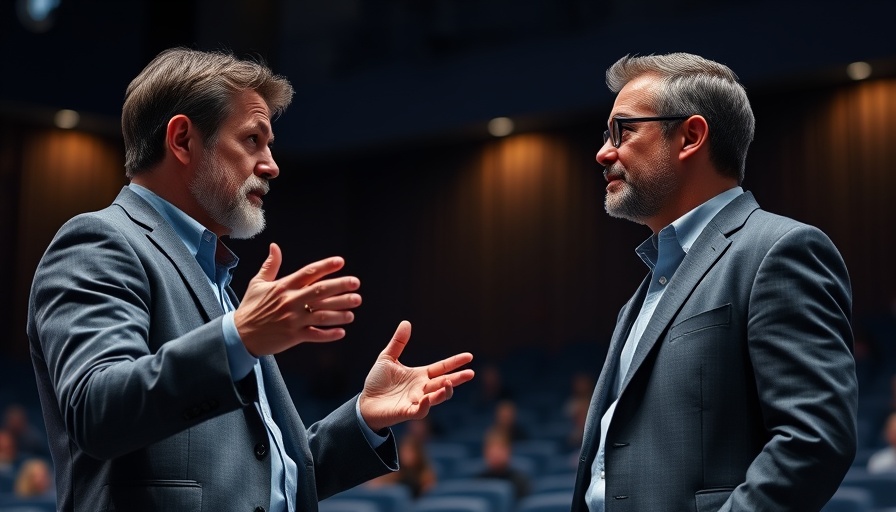
The Interplay of Evolution and Language: A Fascinating Exploration
The connection between evolution and language has become a captivating topic amongst linguists and biologists alike. The recent conversation between esteemed evolutionary biologist Richard Dawkins and linguist John McWhorter delves into how our understanding of evolutionary processes can shed light on the development and intricacies of language. Through their dialogue, we discover the chaotic beauty of both biological evolution and linguistic expression.
In The Link Between Evolution and Language | Richard Dawkins | TED, the discussion explores the fascinating interconnections between linguistic evolution and biological growth.
Language: A Feast of Excess and Surplus
One of the fascinating aspects of language highlighted by Dawkins is the notion of surplus in linguistic expressions. For instance, in English, phrases often include unnecessary words, such as the future tense phrase “I will buy you some socks.” While linguistically valid, it's more straightforward to say, “I’ll buy you socks.” This excess mirrors how other species exhibit flamboyant traits for mating, where the lavishness serves no survival purpose—like the extravagant tail of a peacock. The question arises: does language evolve similarly by exaggerating its features? Is there a biological motive underlying this linguistic embellishment?
The Metaphor of Genetic Evolution in Linguistic Change
Dawkins likens elements of language to genetic traits, suggesting that language, like biological characteristics, can evolve through processes akin to natural selection. He posits that certain linguistic features may become prominent due to social preferences or cultural trends, paralleling how specific traits become dominant in populations due to sexual selection. Understanding this could lead us to realize that our shared language is as much a product of social dynamics as it is of utilitarian needs.
From Ancient Words to Modern Communication: Historical Context
More intriguing is the exploration of how words evolve over time. McWhorter introduces the example of archaic phrases that survive in modern use—sometimes altered from their original meaning. For instance, he mentions the evolution from the word 'le,' which once bore meaning and now forms the basis of modern terms. This discussion raises the question of how effectively we can communicate ideas as language transforms through generations. The further we stray from our linguistic roots, the more we question what remains of the original meaning, echoing the changes seen in evolving species.
The Role of Memetics in Language Evolution
While Dawkins is also known for coining the term 'meme', he extends this concept to assert that languages can exhibit evolutionary traits akin to memes—units of cultural information that spread within a society. Just as genes evolve through selection, certain words or phrases might ascend to prominence based on their social utility or appeal. This parallel prompts us to think: how much of our vernacular is shaped by a collective desire for distinction or identity? Perhaps, as with the stark contrast between different animal calls in overlapping habitats, our voices evolve to emphasize differences.
The Quest for Clarity: Navigating Linguistic Changes
The dialogue concludes with thoughts on how linguistic clarity can be both a goal and a challenge. Both Dawkins and McWhorter affirm that while linguistic evolution can make communication clearer, it can also obscure meaning when words lose their original purpose, akin to how the functions of genetic markers change over time. As we navigate this ocean of words, we must ask ourselves about the balance between embracing linguistic evolution and maintaining clarity of expression.
In The Link Between Evolution and Language, the discussion dives into how closely our language correlates with evolutionary principles, exploring key insights that sparked deeper interest in the topic. As we continue to evolve linguistically, reflecting on these themes instills a sense of wonder about our own development, through the lens of both nature and culture. To further explore this fascinating relationship, it's important to engage in ongoing dialogue and stay curious about our evolving languages.
 Add Row
Add Row  Add
Add 




Write A Comment